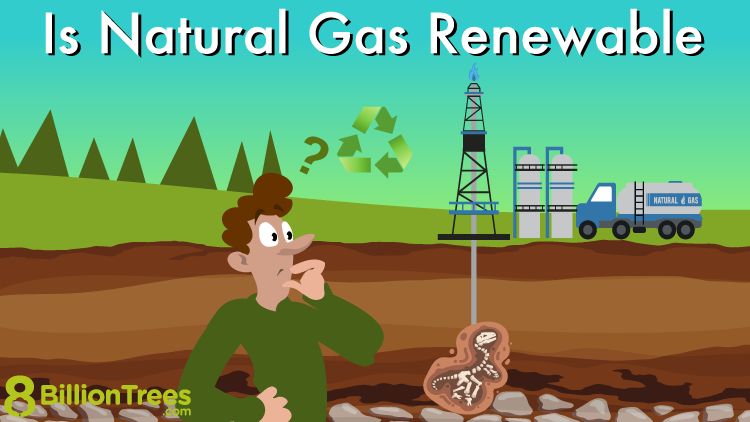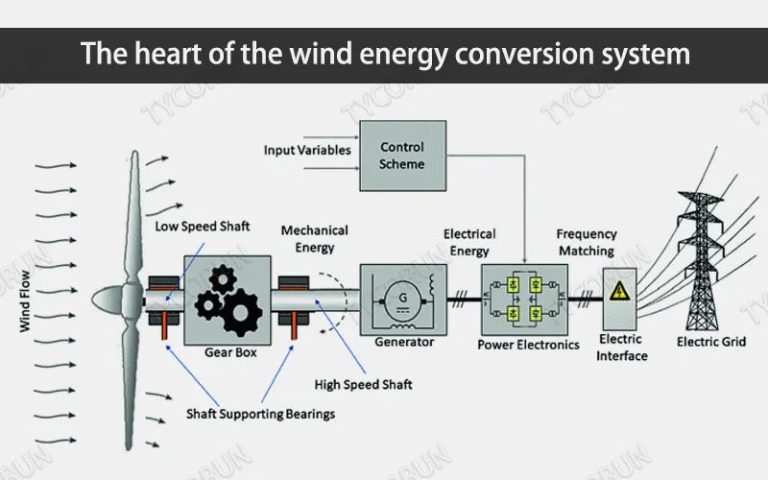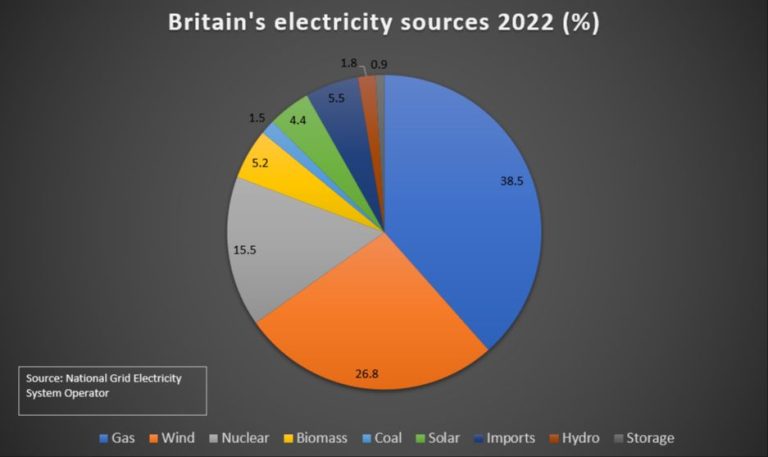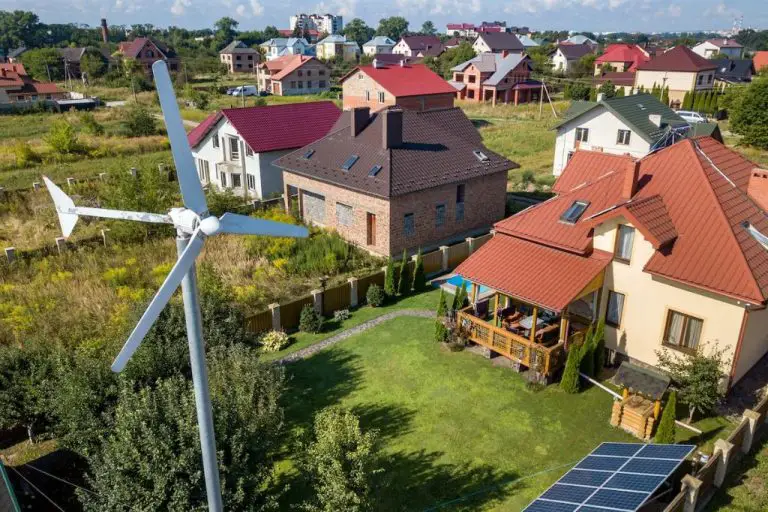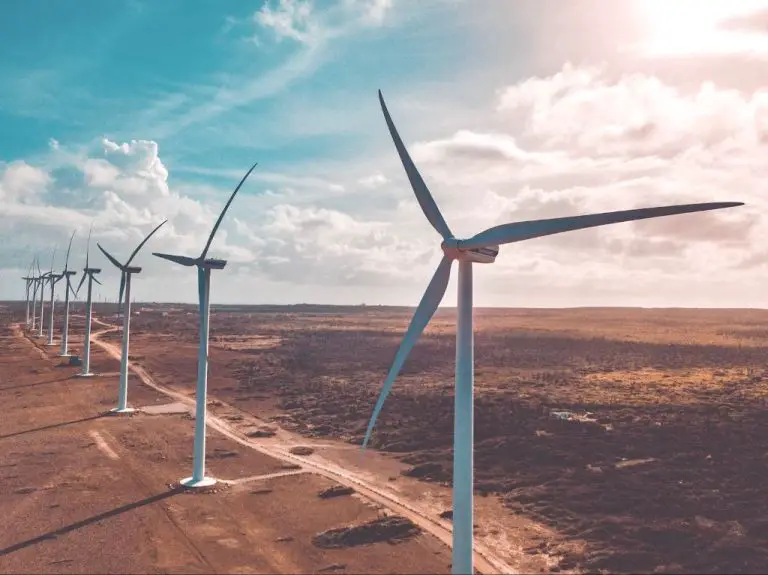Why Is Wind Important In An Ecosystem?
Wind is the natural movement of air across the surface of the Earth. An ecosystem is a geographic area where plants, animals, and other organisms, as well as weather and landscape, work together to form a bubble of life. Within an ecosystem, wind plays a vital role in dispersing seeds, shaping the land, spreading nutrients, driving weather patterns, enabling predator-prey interactions, influencing wildfires, generating ocean waves, and more.
Wind enables many key ecological processes and connects ecosystems together through the large-scale movement of matter and energy. Without wind, ecosystems would likely develop very differently. Understanding the diverse effects of wind helps illustrate the complex interrelationships in nature and highlights the importance of wind to the health and biodiversity of ecosystems around the globe.
Wind Disperses Seeds
Wind plays a vital role in dispersing seeds and pollen over long distances in an ecosystem. Many plants rely on the wind to carry their seeds far from the parent plant. This dispersal by wind promotes biodiversity and species distribution across the landscape.
Plants like dandelions and cottonwood trees produce thousands of tiny, lightweight seeds that have tufts of hair or wings that allow them to float on the breeze. The wind can pick up these seeds and carry them hundreds of feet or even miles away from their original source. As the seeds blow around, some will land in areas favorable for growth, taking root in new locations. This gives the plants a better chance of finding an ideal habitat.
Wind also efficiently transfers pollen between populations of the same plant species. The pollen grains are light and dry, easily transported aloft by wind currents. This cross-pollination maintains genetic diversity and allows plants to propagate over a wider range. Without wind dispersal, many species would have limited gene flow between populations.
In essence, the dispersal of seeds and pollen to new places by wind promotes biodiversity across the landscape. It enables plant colonization of new habitats and ensures a vibrant, healthy ecosystem with a rich diversity of flora.
Wind Shapes Landforms
One of the most pronounced effects of wind in ecosystems is its ability to shape landforms over time through erosion. In areas with high wind speeds and loose, erodible soil, the constant blowing of wind gradually wears away the ground surface. Over decades and centuries, this persistent wind erosion carves out distinct landforms like canyons, valleys, sand dunes, and mushroom rocks.
Wind erosion is particularly noticeable in deserts, where the land surface is exposed to high-velocity winds and the dry, sandy soil can be easily picked up and carried by the air currents. The process works like this: wind lifts and suspends sand-sized soil particles, then transports them short or long distances before dropping them in new locations. Over time, the gradual accumulation of deposited sand leads to recognizable features like dunes and ripples in the desert landscape.
Some of the most iconic wind-shaped desert landforms are towering sand dunes, which build up as grains of sand accumulate in one place. Wind continually pushes new sand up the shallow slopes on the windward side of dunes, while removing sand down the steep leeward side in the direction the wind is blowing. Through this constant sand deposition and erosion, large dunes migrate and change shape over decades.
In addition to full-fledged sand dunes, wind can carve out smaller ripples in the desert surface on the scale of centimeters or meters. These ripples form from the way wind interacts with loose surface material – as wind passes over ripples, small vortices form on the downwind side that lift and drop sand grains, amplifying the rippled texture.
Overall, wind plays a primary role in molding arid landscapes through gradual erosion over long timescales. Without wind, many deserts would lack their distinctive dunes, ridges, and valley features carved out by air currents transporting and depositing sediment. The next time you see images of smooth, rippling sand dunes or maze-like slot canyons in the desert, you can appreciate the landscaping performed by wind.
Wind Spreads Nutrients
Wind plays an important role in spreading essential nutrients like phosphorus through ecosystems. As wind blows across the landscape, it can pick up nutrient-rich dust and particles from the soil. These particles get carried aloft by the wind and dispersed over large areas.
One key nutrient spread by wind is phosphorus. Phosphorus is an essential mineral that plants and animals need to grow and thrive. However, natural levels of phosphorus in soils are often limited. The wind can transport phosphorus-rich dust from areas of high concentration to areas that are depleted.
For example, strong winds may erode soils in coastal areas or dried lake beds where phosphorus has accumulated over time. These nutrient-rich particles then get carried inland by the wind. When the dust eventually settles in forests, grasslands or other ecosystems, the added phosphorus enriches those soils.
In this way, wind acts as a transport mechanism that evens out phosphorus levels across the landscape. The phosphorus dust blown in by the wind provides a vital nutrient source, allowing plants and animals downwind to flourish. This wind-driven nutrient cycling sustains ecosystems that would otherwise lack sufficient phosphorus.
Wind Drives Weather
Wind plays a major role in shaping weather patterns and climate. As air moves from areas of high pressure to low pressure, wind carries warmth and moisture around the planet. Wind currents distribute heat from the equator toward the poles, regulating global temperatures. The strength and location of wind systems like trade winds and westerlies influence the positions of hot and cold fronts, high and low pressure centers, and precipitation bands.
The speed and direction of wind impacts the formation of storms. Strong winds rotating around areas of low pressure can intensify into tropical cyclones, tornadoes, and hurricanes. Mountain ranges and other geographic features divert wind currents, leading to rain shadows and other localized climate effects. Seasonal changes in wind patterns, such as monsoons and Santa Ana winds, drive yearly weather cycles in some regions.
Differences in wind patterns around the world create diverse climate zones, from wet equatorial regions to dry subtropical deserts. Without the global circulation of air driven by wind, heat and moisture would remain concentrated in certain areas. The weather-driving effects of wind help regulate Earth’s climate and enable a wider variety of ecosystems to exist across latitudes and terrain.
Wind Aids Predator-Prey Interactions
Wind plays an important role in predator-prey dynamics across many ecosystems. The movement of air currents aids predators in detecting and locating prey in several key ways:
Scent Tracking – Predators like wolves and bears rely heavily on their acute sense of smell to hunt prey. Wind carries scent molecules over long distances, allowing predators to pick up the scent trail of potential prey. By determining wind direction, predators can follow these scent trails to track down prey, even from far away.
Sound Enhancement – Wind carries and amplifies sound, which helps predators detect faint noises made by prey. Rustling in grass or branches by a foraging deer may be picked up by predators like coyotes from farther away if wind aids in transmitting these sounds.
Concealment Disruption – Strong winds can blow tall grasses and disrupt snow, leaf litter, or other ground cover. This may expose or flush out hidden prey animals like rabbits or voles, making them more detectable to soaring birds of prey or other predators.
Communication Transport – Some predators like wolves howl to communicate with pack members for cooperative hunting. Wind carries these howls over greater distances, allowing the pack to coordinate more effectively to surround and ambush prey like elk or bison.
In all these ways, wind crucially assists predators in key steps of the hunting sequence – detection, location, approach, and capture. This gives predators an edge in catching prey, impacting predator-prey balances in ecosystems worldwide.
Wind Influences Wildfires
Wind plays a critical role in spreading wildfires through ecosystems. When a wildfire starts, winds can carry embers and spread the flames through vegetation and across large areas. This allows wildfires to quickly get out of control.
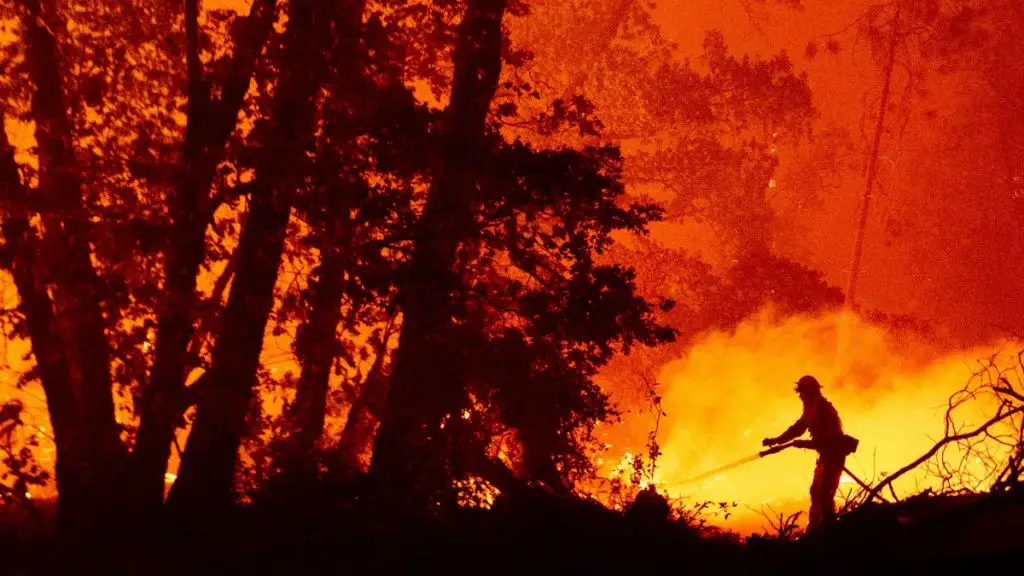
Strong, gusty winds blow burning embers ahead of the main fire. This causes spot fires to ignite in front of the wildfire itself. These spot fires can merge with the main fire and enable it to travel faster. Dry winds also accelerate fuel drying, allowing vegetation to ignite more readily. This creates dangerous fire conditions.
In addition, changes in wind direction can cause wildfires to suddenly shift direction and spread in unpredictable ways. Wind-driven wildfires may sprint up hills and jump fire breaks. Without the influence of wind, many wildfires would remain relatively small and contained.
However, wind-driven wildfires play an important ecological role. They clear away brush and hazardous fuels like dead trees and fallen branches. This recycles nutrients back into the soil for new growth. Wind-spread fires also open up forest canopies, allowing sunlight to reach the forest floor. This aids new seedlings and vegetation. In moderation, wildfires catalyzed by wind are part of a healthy ecosystem.
Wind Generates Waves
In marine ecosystems, wind plays a critical role in generating waves. Waves begin forming when wind blows across the surface of the ocean or other large bodies of water. The friction between the air particles and water molecules transfers energy from the wind to the water. This energy transfer causes the water’s surface to move up and down, forming wave crests and troughs.
As wind speed increases, more energy gets transferred to the water. This causes larger waves with higher crests to form. The strength and duration of the wind, as well as the distance of open water the wind blows over (known as the fetch), impact wave size. Stronger winds blowing steadily over larger fetches generate bigger waves.
Waves in turn influence many processes in marine ecosystems. They help mix warm surface waters with colder deep waters, circulating nutrients throughout the water column. Waves also provide energy that shapes and erodes shorelines. In addition, they facilitate the movement of sediments along coasts. Many marine organisms rely on waves and the resulting water motion for feeding, gas exchange, and waste removal. Waves even help disperse fish eggs and larvae. Overall, wind-driven waves profoundly impact the physical environment and ecology of oceans, seas, and lakes.
Wind Powers Renewable Energy
Wind is an abundant and renewable source of energy that can be harnessed to generate electricity. Wind energy is captured through the use of wind turbines, which convert the kinetic energy of wind into mechanical power that is then turned into electricity. Wind farms consisting of multiple large wind turbines are increasingly being constructed around the world to produce clean, renewable electricity.
Wind power is one of the fastest growing renewable energy sources globally. As of 2021, wind provided over 6% of total U.S. electricity generation. Large wind farms with hundreds of wind turbines operate in over 41 states. Texas produces the most wind power of any state, followed by Iowa, Oklahoma, Kansas, and California. Countries like China, Germany, the UK, and India also have substantial wind power capacity.
Compared to fossil fuels, wind energy produces very low amounts of air pollution and carbon emissions. Wind farms can also provide income and jobs in rural areas. However, wind power expansion faces challenges related to suitable locations, wildlife impacts, local opposition, and integration with the electric grid. Overall, wind energy is becoming an increasingly significant renewable electricity source that offers environmental and economic benefits.
Conclusion
In conclusion, wind plays a tremendously important role across ecosystems. As discussed, wind facilitates key ecological processes including seed dispersal, landform development, nutrient cycling, predator-prey dynamics, wildfires, wave generation, and renewable energy production. Without wind, ecosystems would lack many of the interactions and flows of energy and matter that sustain biodiversity and enable adaptation. By dispersing seeds, spreading nutrients, and driving weather patterns, wind promotes the growth and renewal of plant and animal communities. Through its constant motion, wind shapes and rejuvenates landscapes over time. Overall, wind powers many of the fundamental mechanisms that make ecosystems dynamic, interconnected, and resilient.

